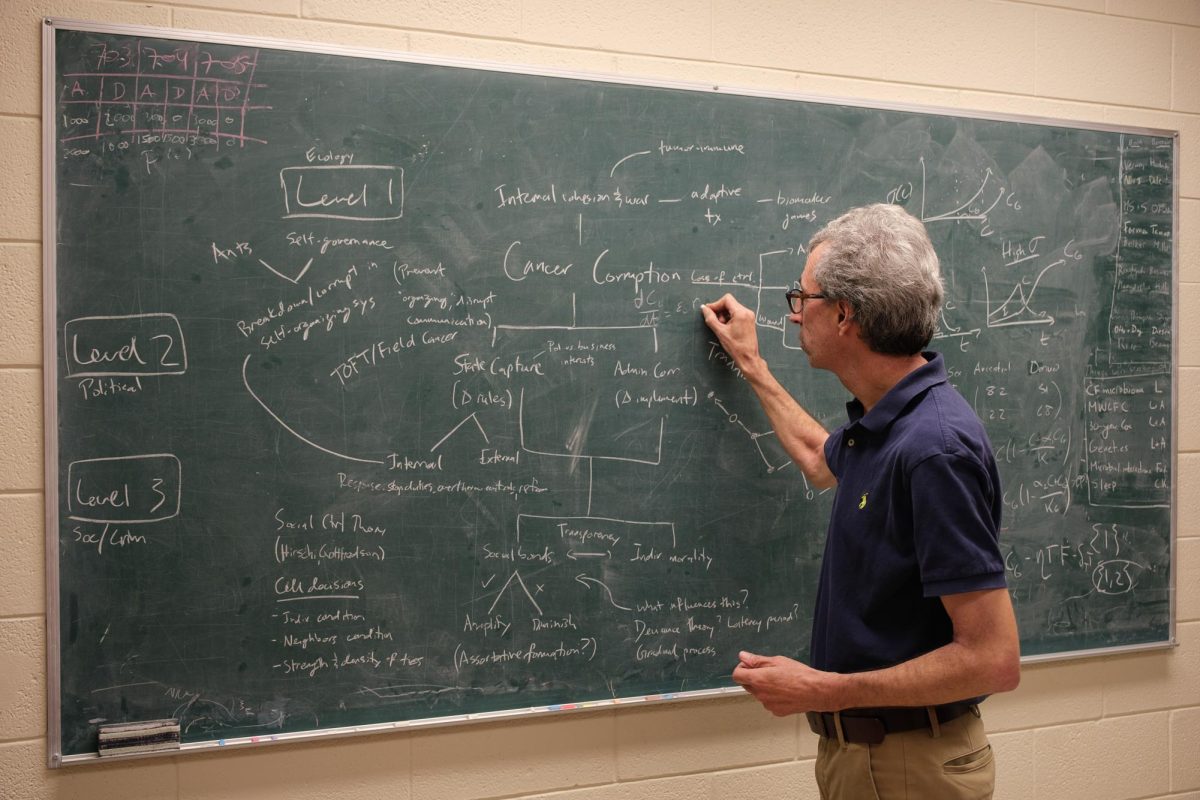Nicholas Kanaan, emergency medicine doctor at University of Utah Health Care, recently published a case study in emergency medicine on an airway syndrome affecting people in the Nepali Himalayas that results from using yak dung as fuel for cooking and heating.
He calls the sickness ‘Dung Lung.’
A 30 year old man with no history of breathing issues woke up from a night’s sleep “coughing and gasping for air,” Kanaan detailed in the case study. Earlier that day he began a backpacking trip but had coughing fits, wheezing and difficulty exercising.
The man was staying with four other people near Everest Base Camp. The night before, they had tried to light a fire for heat using yak dung as a fuel, as is common in Nepal but failed several times. They went to bed after giving up, but during their sleep the yak dung reignited. To make matters worse, the chimney for the stove in which they had been trying to light the fire was clogged so the smoke produced from the dung was trapped inside the living space. The man’s door was open, allowing smoke to pour into his room.
Despite his symptoms, he hiked a path that included a gain in elevation of over 1,300 meters. At some point, a doctor with the group offered him an inhaler that eventually resolved his symptoms.
Kanaan said he “was working as an ER doctor at the Himalayan Rescue Association Clinic” at the time. While there, he witnessed people using yak dung as fuel in cooking stoves or even in open fires. He says, “both of these are very inefficient, smoky and over time can lead to severe respiratory complications.” This problem, he explains, affected Nepali women most seriously because they were more likely to be at home in close proximity to the fires.
Calling the Nepali people “quite stoic” and saying that they would “rarely complain,” Kanaan said the constant, productive coughs they had were a result of “smoke and particulate inhalation.”
“It seemed that to them this was just a part of life.”
According to Kanaan, 3.2 billion people worldwide burn biomass fuels like dung, wood, coal and grasses for heating and cooking. The resultant air pollution inside their places of living is estimated to lead to “4.3 million premature deaths per year.”
Kanaan said that a great deal of research has been done on problems related to smoke inhalation in the developing world but that “few of these studies reach the readership of the academic community in the West,” likely because it doesn’t directly affect Western communities.
This type of research finds parallels, he says, from analysis on smoke inhalation from forest fires or home fires.
In writing the case study, Kanaan wanted to “shine more light from the Western world onto this condition, and to the human condition of how others live around the globe.” Continuing he said, “It is so easy for us to forget that the majority of the world doesn’t have gas lines to their homes, central heating and air conditioning and on-demand gas ranges and stoves for cooking.”
The researcher further explained, “I hope that ‘Dung Lung’ can continue to bring the conversation of air pollution and respiratory health to the forefront, especially as this problem continues to worsen throughout the globe — in both the developing and developed world. It’s not fair to our children and those that inherit our planet to also inherit poor lung functionality and respiratory diseases.”
Despite the fact that the example from Kanaan’s case study was a result of short-term inhalation of large amounts of smoke, there are connections to air quality and respiratory health in Utah.
“Those living in [the] Salt Lake region are living in a valley surrounded by mountains that trap smog, air pollution and particulate matter and keep them from leaving the system,” Kanaan said. “The heat inversion phenomenon that happens frequently in the winter further compounds this problem, reducing air quality to hazardous levels.”
According to him, this can lead to “poor lung function” and many respiratory diseases, including asthma.
It’s reasonable to extrapolate the acute example in his case study on a “longer timeline to conditions in the Salt Lake valley area, especially if people are burning wood stoves or fireplaces contributing similar particulate matter into the air pollution milieu.”
@EliseAbril

















